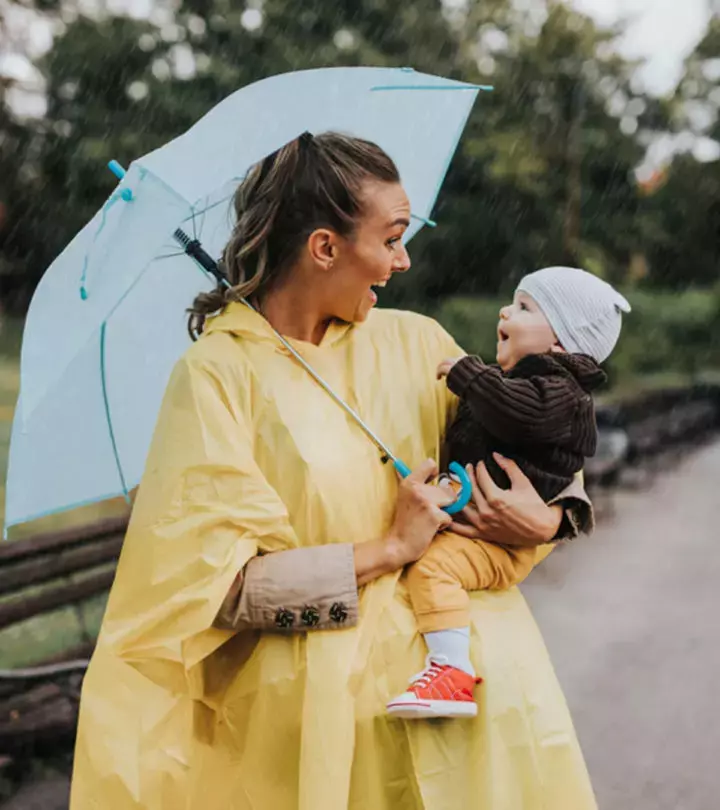
Image: Shutterstock
The monsoon is here, and it is perhaps the best time of the year as it calls for watching the rain with your beautiful bundle of joy. But it also means something else — the air is damp, and so is the atmosphere inside your baby’s diapers. Firstly, babies (and adults) pee a lot during monsoon, and secondly, the damp and humid weather can leave the diaper in a moist condition (1). All of this can lead to discomfort and cause a diaper rash or infection in the worst cases.

Diapers are a lifesaver for parents in dealing with all the unannounced peeing and pooping by infants. But like any device, only using it in the correct way will give the best results. From knowing how to correctly tie the diaper to using the correct method to remove them, parents will have to undergo a ton of training plus trial and error before they finally become experts at it. The most important thing to achieve by all of this effort is to ensure that the diaper is dry and comfortable for your little one. So here’s a list of six things that you must do to keep your baby’s diaper area clean, dry, and healthy, so you and your little one can enjoy the lovely monsoon rains!
1. Don’t Leave The Diaper On For Too Long

Image: Shutterstock
Many people are under the misconception that the whole idea of using a diaper is so you can leave it on for a long time. That’s a strict no! Soon after your baby urinates or passes motion, you are required to change the diaper. Leaving the diaper on, along with all that urine or feces, can cause infection and discomfort. After you remove the diaper, wash your baby’s buttocks with a gentle cleanser and clean water. Pat it dry; make sure you don’t leave your baby’s bum wet, as this too can cause an infection. You could use an anti-rash powder, especially if your little one shows signs of discomfort, but only do so if it is absolutely necessary.
2. Leave Some Space Before Changing Again
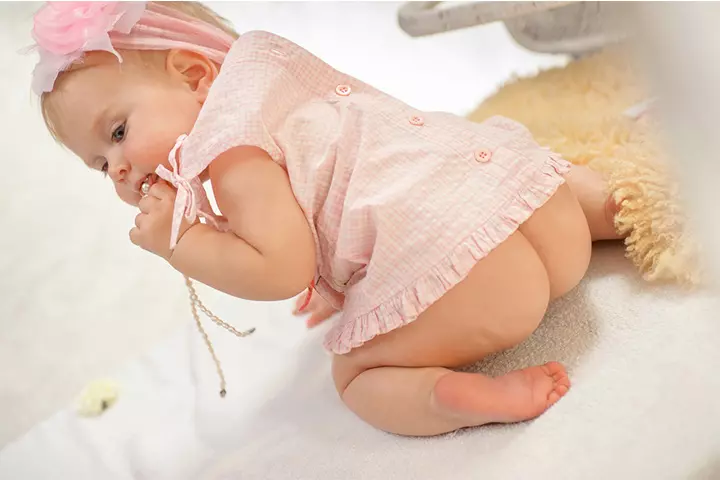
Image: Shutterstock
It’s good to let your baby be without any diapers for a few hours throughout the day. This allows the skin to breathe and can prevent discomfort and diaper rash as well. You can use a homemade nappy to cover your baby’s private parts loosely. Or, you can simply put a towel under your baby to prevent the bed from getting soiled. The area down there is sensitive and prone to infection, so covering it all through the day can put your baby at risk.
Also, being covered for extended periods of time can result in moisture or any leftover fluids not drying up. These areas become a hotbed for infection, be it bacterial or fungal. Babies usually are prone to all kinds of infections and it’s always prudent to not expose them to any such risks. So every time you take off a diaper and clean your little one’s private area, give it ample time to dry before you put on the next diaper.
3. Opt For The Right Products

Image: Shutterstock
Several products on the market claim to be baby-friendly, but there is no one-size-fits-all solution for skincare or hygiene products. When you’re looking for diaper wipes or diaper rash creams, you will have to settle for one that suits your child. Ask your doctor for a recommendation. It is best to opt for chemical-free, soap-free products, as they can cause rashes or allergic reactions. Avoid alcohol-based products or ones that contain parabens and other skin irritants.
4. Invest In Good Diapers
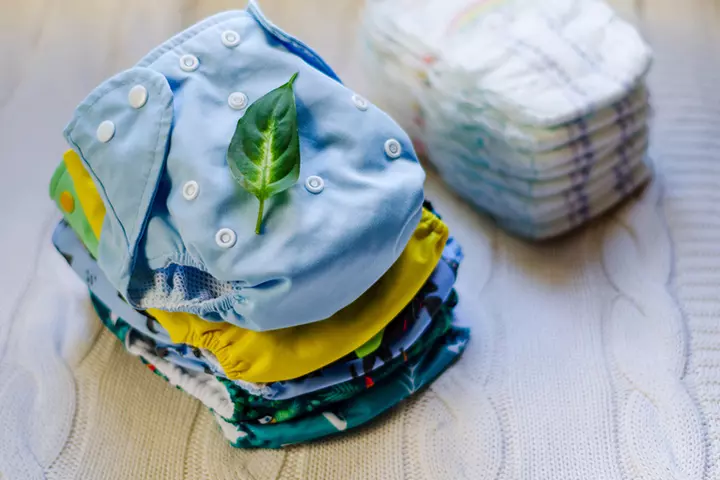
Image: Shutterstock
The thing about monsoon is that babies tend to pee quite a bit during this season (1). This translates to the need for more diapers. While you’re buying diapers, choose one that is super-absorbent and light. The fast-absorbent ones immediately absorb the urine the minute your baby pees. Further, go for soft and gentle ones, as your baby’s skin is extremely delicate.
5. Make Sure You Get The Size Right
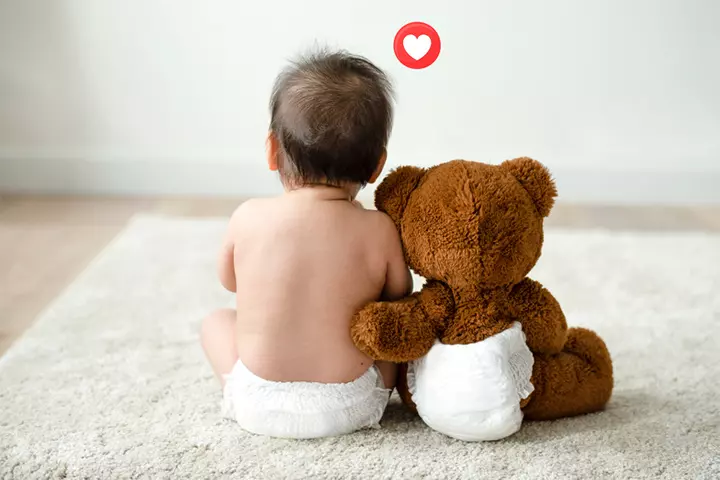
Image: Shutterstock
A diaper that is too tight will lead to discomfort and even cause infection, as it does not allow space to breathe. A diaper that is too loose, on the other hand, can cause a mess, as the urine or feces can leak out. So, you need to get a diaper that fits just right. The sizes are mentioned on the pack, so watch out for that.
You’ll have to keep in mind that babies grow fast. Your baby has probably outgrown the diaper size you were using just about a couple of weeks ago. So parents have to be really vigilant when it comes to diapers sizes. Avoid buying the same size diaper for months to come just to avail of that attractive discount offer. Better still, keep a tape measure handy and track your baby’s growth every few weeks and get the diaper size that fits just perfectly.
6. Utilize The Skirts In The Diaper
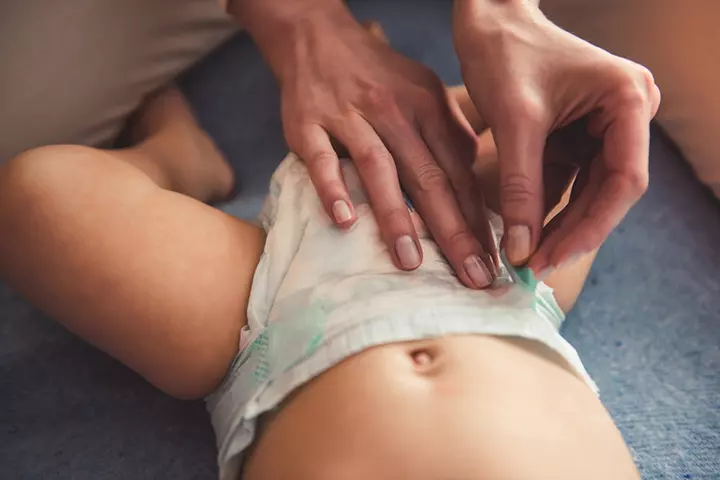
Image: Shutterstock
Most people don’t even notice the tiny detachable skirts on the underside of the diapers. These skirts have their purpose and are quite an important one actually. When you put on the diaper on your little one, gaps remain in the upper crotch area. Through these gaps, poop and pee might leak out. This is where the skirts are a lifesaver. Pull them and attach the velcro-like strap and secure the gaps. Voila! Now you won’t have to worry about excrement leaking out and getting everything soiled. This also ensures that outside moisture doesn’t seep in and create pockets of wet spots. Next time you are putting on the diaper, don’t forget to utilize the amazing side skirts.
By following these tips, you’ve got discomfort and diaper rash out of the way. So, the only thing left is for you and your little one to cuddle and enjoy the rain! Do you have any tips of your own regarding diaper care in the monsoon? Let us know in the comments below!
References
- Rain and the urge to urinate: clinical observations concerning external events, surmounted impulses and repression
https://pubmed.ncbi.nlm.nih.gov/7275481/
Community Experiences
Join the conversation and become a part of our nurturing community! Share your stories, experiences, and insights to connect with fellow parents.












